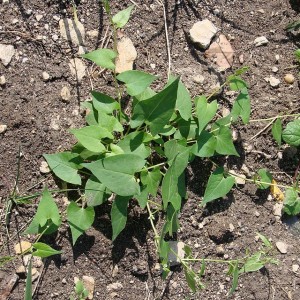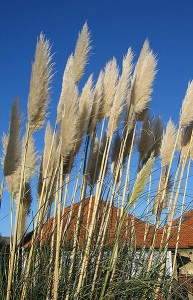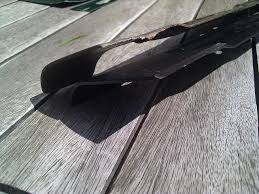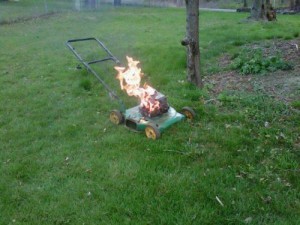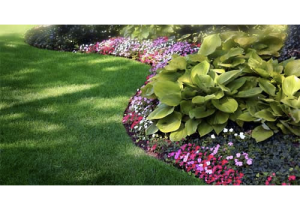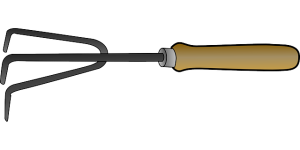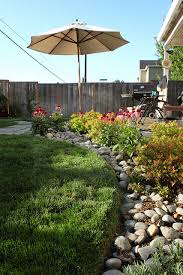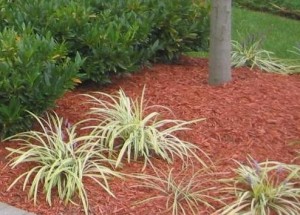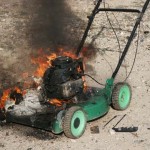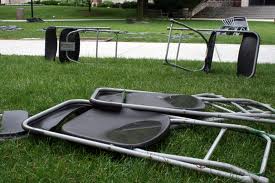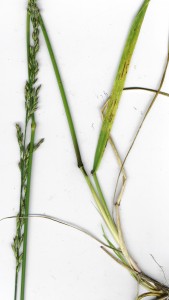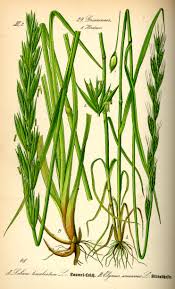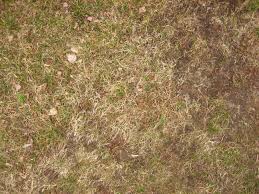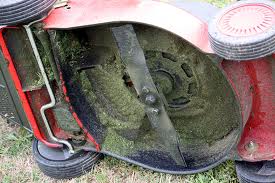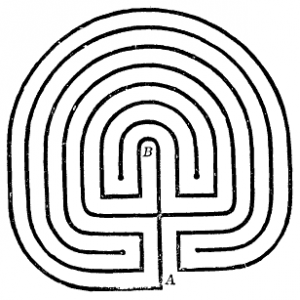Most of us have seen Edward Scissorhands and remember the scene when he whips Peggy’s yard into a work of art, making it go from an overgrown mess into the jewel of the neighborhood crown. While showing how to do Edward’s job is a lot more involved than one blog post — it takes artists years of practice to develop that kind of skill — it is possible to learn a few tips and pointers about what makes neat and tidy shrubs. It’s not an overly difficult task and certainly not one you’d need to hire someone to do, just as long as you’re methodical, don’t skip a step, and be patient with yourself. Plus, having the right Mower Source tools will go a long way in ensuring the job is as smooth as possible.
Starting Small: Pruning
If you’ve maintained your shrubbery year round in a nice shape, then your task here is small. Branches, unfortunately, don’t grow uniformly and evenly and will need a bit of shaping, sort of like regular haircuts for yourself. The key is to be a little conservative because you’re this late in the season, and just prune the stuff that’s sticking out waywardly. The kinds of branches you’ll want to tackle will be thin and weak- or dead-looking, making a 45-degree angle cut just above a node of new growth.
Jumping In: Making Something Out of a Mess
At the opposite end of the spectrum from above is shrubbery that hasn’t been touched at all, a sort of before picture until Edward Scissorhands got his paws on it. You’ll first want to trim off any tangled or really long branches from the top, front and sides; if your shrubs are up against a wall, lop off any of the really long branches that stick out awkwardly.
Next you’ll be giving it a generally tidy shape, which can be easy or difficult, depending on whether or not you have an eye for straight lines. Many people don’t, and it’s easier to take a couple of pre-steps to ensure your shrubs don’t slope. Just put up a stake at either end of your shrubs, tie a string across, and use a carpenter’s level to make sure it’s straight. For bigger shrubs, have two stakes at either end: one for the front of the shrub and one for the back.
You can use the same stakes for both the tops and fronts of your shrubs, simply adjusting where the strings are. For a straight line on the top, keep the strings on the top. For a straight line on the front, move the strings to the front.
Going Artistic: Fine-tuning What’s Already Been Shaped
If you’re intent on making your bushes and shrubs into shapes, like cats or lollipops, then you need to start when the plants are still relatively young, such as before they’re two feet high. After that, you’ll be wrestling with a lot of growth, which will make your job more suited to professionals.
The two basic shapes you’ll be starting with are either an oval or a square, both of which can be shaped into more complex looks as they grow. Next, get a hold of some chicken wire to bend into basic shapes, using zip ties to hold the wires together into a frame (the frame will go over your bushes), and only trim a few inches at a time (about once a month). Remember, complex shapes like animals will takes years to become fully formed, so go at it patiently and with a long-term view in mind.



